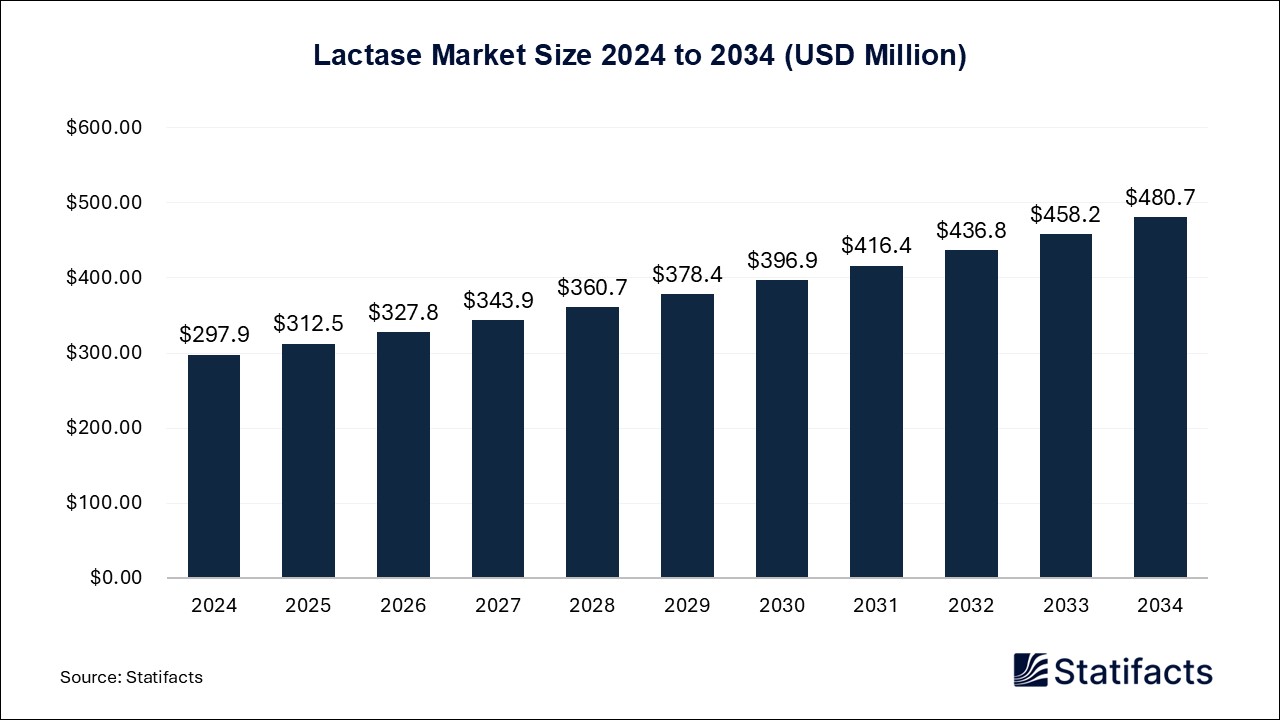

Our customers work more efficiently and benefit from
The global lab-on-a-chip market size accounted for USD 6,630 million in 2024 and is predicted to touch around USD 16,890 million by 2034, growing at a CAGR of 9.8% from 2025 to 2034.
| Industry Worth | Details |
| Market Size in 2025 | USD 7,280 Million |
| Market Size by 2034 | USD 16,890 Million |
| Market Growth Rate from 2025 to 2034 | CAGR of 9.8% |
The lab-on-a-chip market deals with a miniaturized apparatus that houses various laboratory detection methods onto a single chip. Various laboratory detection methods like biochemical detection, PCR, DNA sequencing, and more can be incorporated via lab-on-chip technology. This chip provides precise and quick results when incorporated with smart medical apparatus engaged to detect infections and chronic diseases. The rise in the older population globally and lifestyle variations are leading to a rise in long-term diseases.
North America is considered as the major contributing region for biotechnology and pharmaceutical firms, boosting the need for the latest analyzing and testing units. Moreover, the growth of topmost research and academic institutions is leading to higher acceptance of these lab-on-chip technologies. Numerous government funding initiatives and a solid healthcare system even led to the region’s supremacy in the market.
Asia Pacific is observed to be the fastest growing in the lab-on-a-chip market as it is boosted by growing healthcare demands, increasing healthcare expenditure, as well as the development of technology. Countries such as India are contributing with an inflating healthcare framework and increasing research initiatives. Its large population and need for affordable, coherent diagnostics thus drive the acceptance of lab-on-chip innovations.
The incorporation of numerous regulations and the economy of laboratory processes are the trademarks of lab-on-a-chip setups. The greater level of implementation needs to generate a lab-on-a-chip apparatus that is stretching into different sections of healthcare, such as stem cells, drug delivery, environmental monitoring, and synthetic biology. Chronic disorders are increasing, and various other factors are leading to constant expansion in repeated and expensive long-term health issues that comprise a fast-increasing geriatric population worldwide and transpose in societal behavior. Also, there are other essential factors boosting the lab-on-a-chip market's advancement, which involves the usage of lab-on-a-chip in the detection of chronic disorders and their infections.
Artificial intelligence is revolutionizing every sphere of the healthcare system, but majorly in the zone of cancer diagnosis, particularly its application for lung cancer diagnosis. This technology also has widespread implications for the lab-on-a-chip market. This system reduces laboratory procedures into a single chip, permitting fast and value-effective determining tests. By incorporating AI, these structures have now become more dominating and can determine lung cancer quick and more precisely at initial stages.
Moreover, it can empower real-time information analysis, thus improving the diagnostic abilities of the lab-on-a-chip. With the capability to operate vast amounts of information, AI aids conquer the risk of conventional diagnostic techniques, which can be stagnant and need specialized apparatus. It is considered that the implementation of AI and lab-on-a-chip has provided a convenient point-of-care testing because it has remarkably enhanced the affordability and accessibility of diagnostic procedures, mainly in resource-restraint settings.
The inflated initial buying expenses, along with the shortage of knowledge about lab-on-a-chip apparatus in emerging economies, will limit the expansion of the lab-on-a-chip market. The advanced nature of the technology means high initial investment costs for biotechnology researchers and firms. The complex manufacturing processes associated with lab-on-a-chip technology pose issues to scaling up production.
The implementation of lab-on-a-chip is increasing in various branches of life sciences. The technology is being picked up for tasks such as screening for HIV, discovering breast cancer, and other diagnostic testing. This all can be achieved by the use of a microarray or a chip. This technology utilizes a very small amount of fluid volumes, which aids in cutting down expenses and determining reagents and the reaction time and the development of such technology has greatly compact systems via mass production.
Moreover, these can also be used to deploy a healthcare network globally to aid in the early discovery of outbreak disorders like Zika, Ebola, and other highly communicable diseases. Increasing acceptance of customized medicine, rising commercial usages of biochips, along regulatory acceptance for customized medicine are expected to boost the lab-on-a-chip market.
Published by Laxmi Narayan , March 2025
For any questions about this dataset or to discuss customization options, please write to us at sales@statifacts.com
| Stats ID: | 8138 |
| Format: | Databook |
| Published: | March 2025 |
| Delivery: | Immediate |
| Price | US$ 1550 |

| Stats ID: | 8138 |
| Format: | Databook |
| Published: | March 2025 |
| Delivery: | Immediate |
| Price | US$ 1550 |
Related Reports

You will receive an email from our Business Development Manager. Please be sure to check your SPAM/JUNK folder too.

Unlock unlimited access to all exclusive market research reports, empowering your business.
Get industry insights at the most affordable plan
Stay ahead of the competition with comprehensive, actionable intelligence at your fingertips!
Learn More Download
Download
